Hunters and Gatherers:
For all but a tiny part of our existence on this planet, human beings have lived in small groups and tribes, often numbering no more than thirty or forty people. The earliest type of human society consisted of hunters and gatherers. Rather than growing crops or tending animals, these groups gained their livelihood from hunting, fishing, and gathering edible plants growing in the wild.
According to Lenski, hunting and gathering or foraging societies were dominant throughout the world until about 700 B.C. As its name implies a hunting and gathering society is defined by the way in which food is acquired- in this case by hunting of wild animals and the gathering of wild fruits and plants. These were nomadic societies in which people hunted and gathered what they could in one locale, and when the supply was exhausted, moved on to another richer areas. Such societies were relatively small in number. There was little division of labor, although male members were more likely to hunt and the female members more likely to gather food.
Very little stratification existed in hunting and gathering society. Because of the lack of any real division of labor, there were only minimal differences among people, except for differences in status between sexes. Stratification on the basis of power was virtually non-existent since there was only a rudimentary political system. Economic or class stratification also was only minimal with generally only minor differences in amounts of wealth between people who were barely able to take out a subsistence.
Rather than, being stratified, hunting and gathering societies were characterized by communal sharing, by what has been called “primitive communism”. The scarcity of food, clothing, and other necessities made it necessary for people to share what they had. Although it existed, private property was severely limited. People made their own tools and weapons, but the fields and forests that were the sources of food, clothing, and shelter were communal property.
Although there was equality in terms of economic class and power, there were at least some status or prestige differences in hunting and gathering societies. In hunting and gathering societies status was based on an individual’s personal qualities. Among those accorded status in primitive societies were the elderly members, those thought to have supernatural power, skilled warriors, and great orators. Although it provided a modest degree of stratification, this kind of status system was very open, having no organizational or institutional barriers to upward mobility. People could rise as far as this status system could take them up depending upon their personal abilities.
Hunting and gathering cultures continue to exist today in some parts of the world, such as the jungles of Brazil or New Guinea, but most have been destroyed or absorbed by the global spread of Western culture, and those that remain are unlikely to stay intact for much longer. Currently, less than a quarter of a million people in the world sport themselves chiefly through hunting and gathering- only 0.001% of the total world population.
While a clear division of labor by sex exists in hunting and gathering societies, it is not rigid. Foragers are pragmatic about their division of labor. It is not considered demeaning to do the tasks usually performed by the other sex. So men are often involved in gathering and child care, and women sometimes participate in hunting.
E. Friedl points out four distinct patterns of gendered division of labor in hunting and gathering societies.
- Men and women gather, but only men hunt. The Hadza of Tanzania provides an example of this pattern.
- Both male and female members are engaged in communal hunting and gathering. The Pygmies of Zaire rainforest are examples of this pattern.
- Males hunt, and women process the catch. The various Eskimos come under this pattern.
To sum up, compared to larger societies- particularly modern industrial systems- much less inequality is found in hunting and gathering groups. Hunters and gatherers move about a good deal; since they are without animal or mechanical means of transport, they can take few goods or possessions with them. The material goods they need are limited to weapons for hunting, tools for digging and building traps, and cooking utensils. Thus, there is little difference among members of society based on material possessions. Differences in position or rank tend to be limited to age or sex. Men are virtually everywhere as hunters, while women gather wild crops, cook, and bring up the children. The ‘elders’- the oldest and most experienced men in the community- usually have an important say in major decisions affecting the group.
Hunters and gatherers do not just move about in a completely erratic way. Most of them have fixed territories, around which they migrate regularly from year to year. Many hunting and gathering communities do not have a stable membership. They often move between different camps or groups.

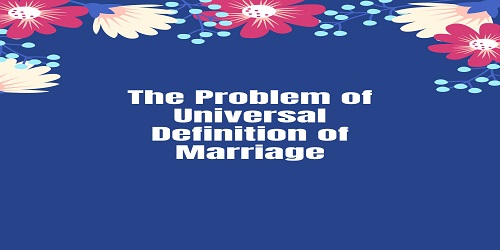
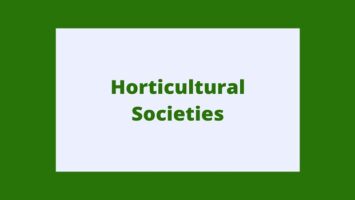
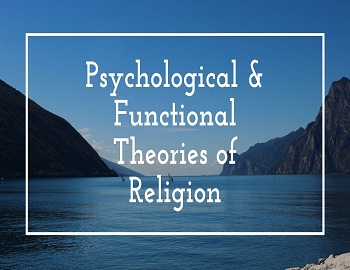
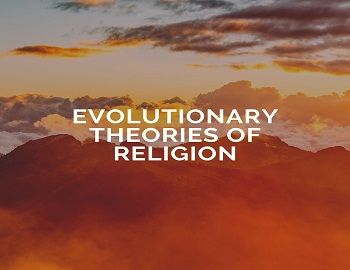
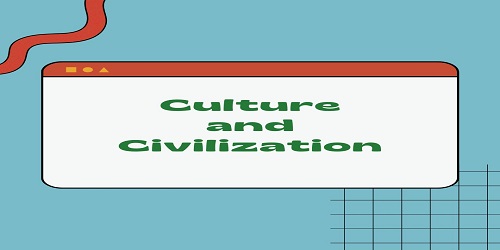

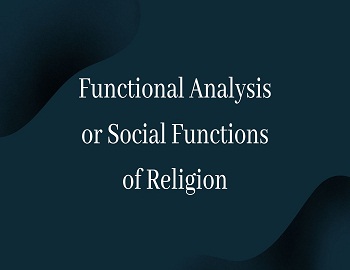

Comments (No)